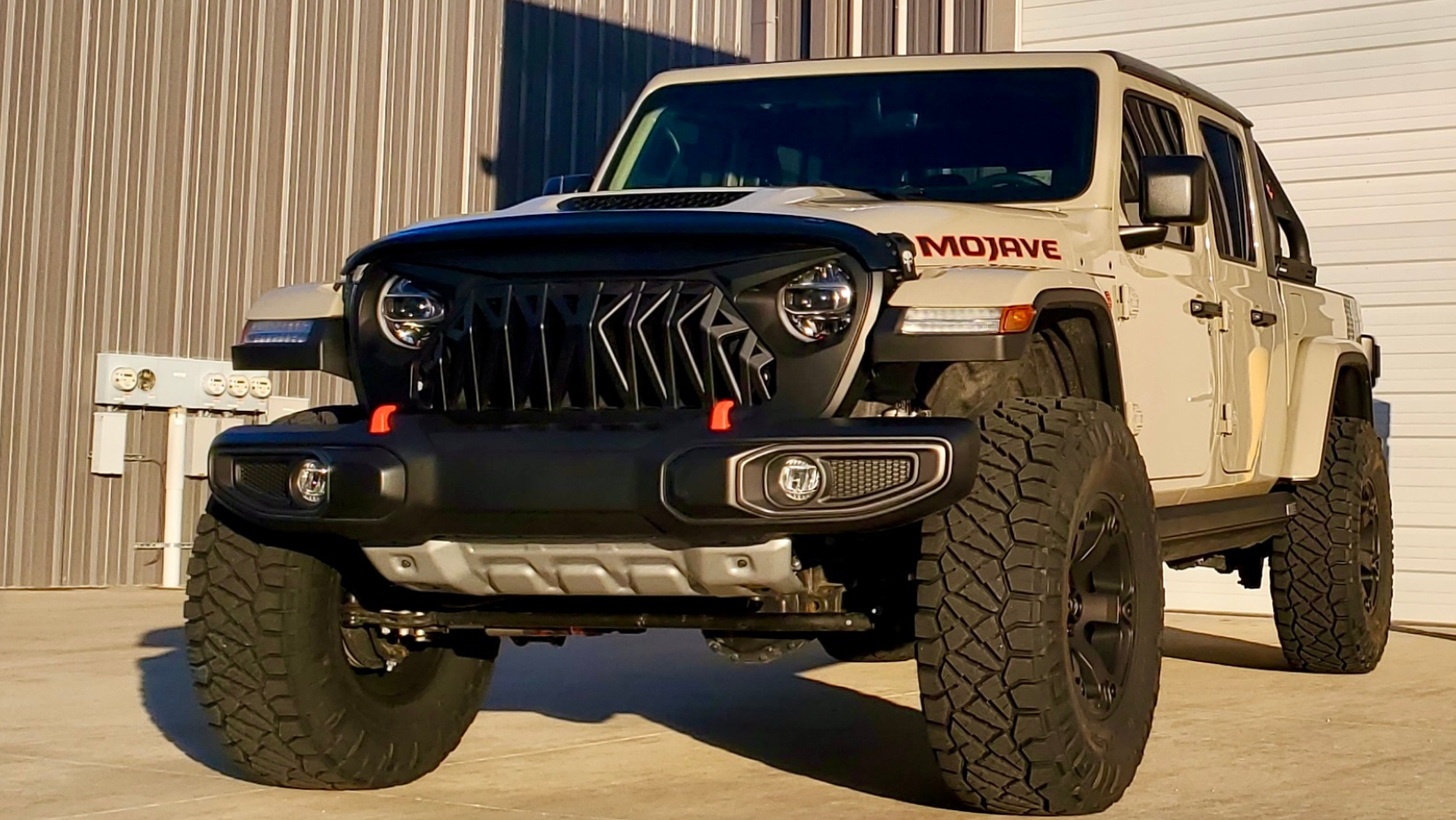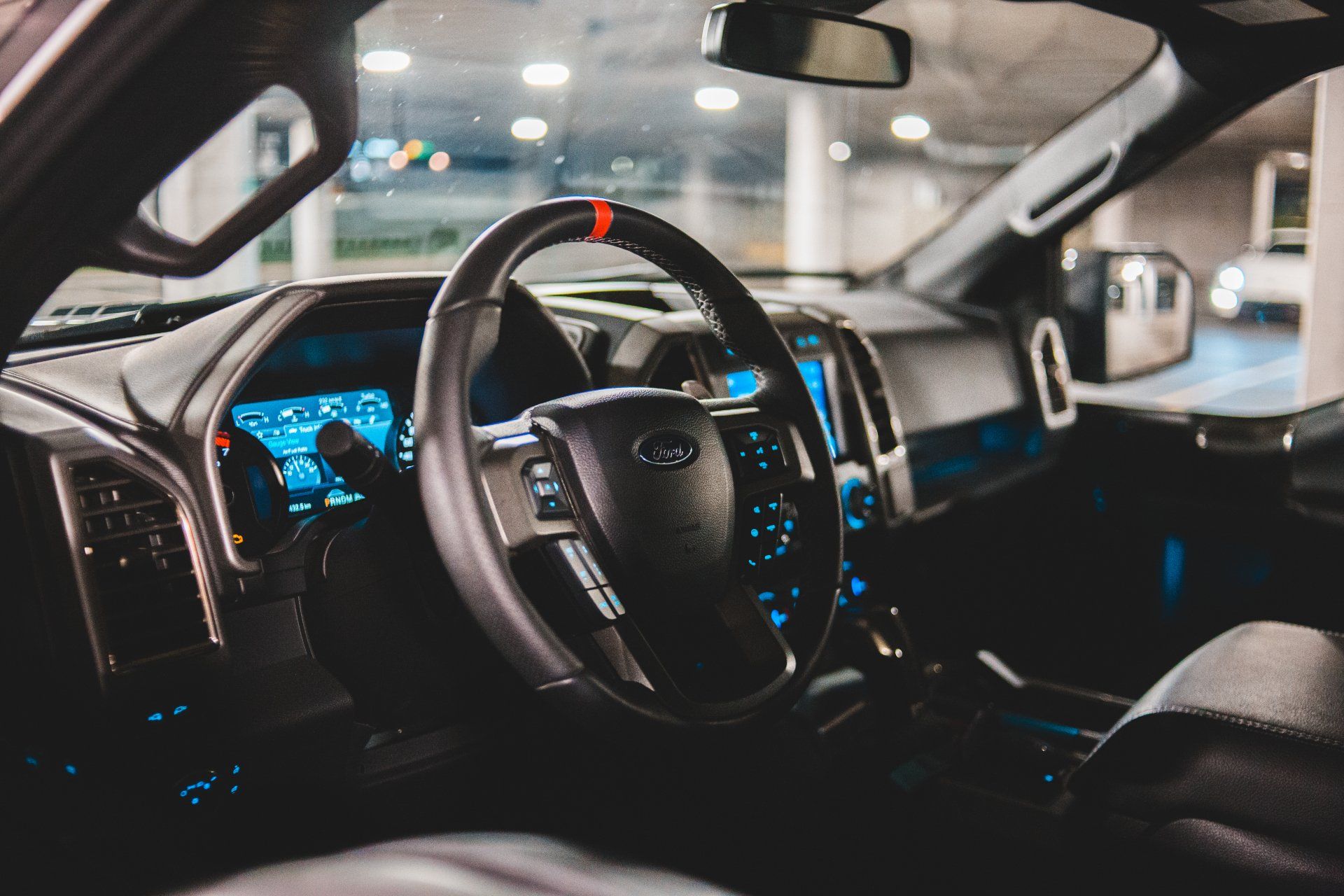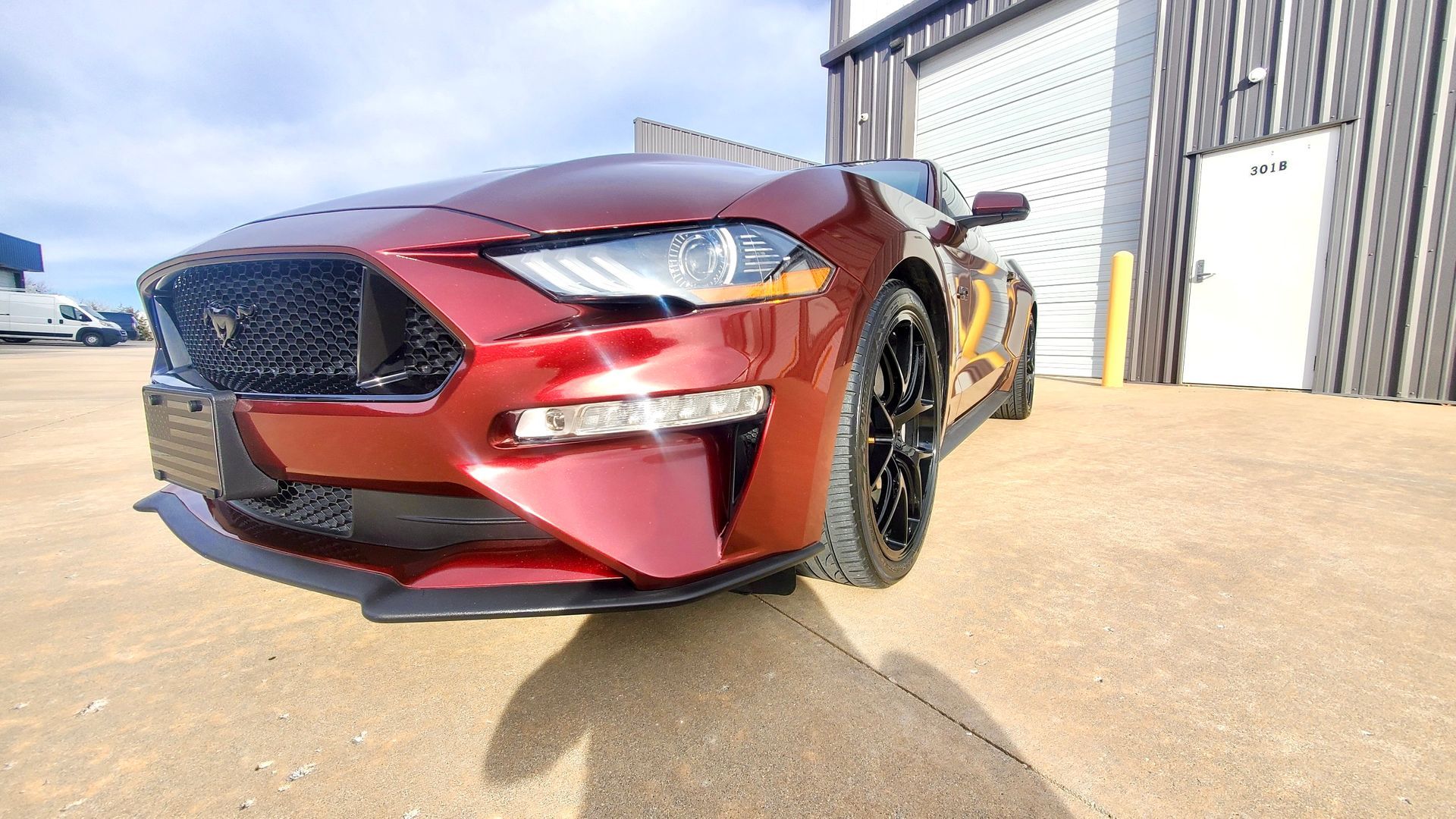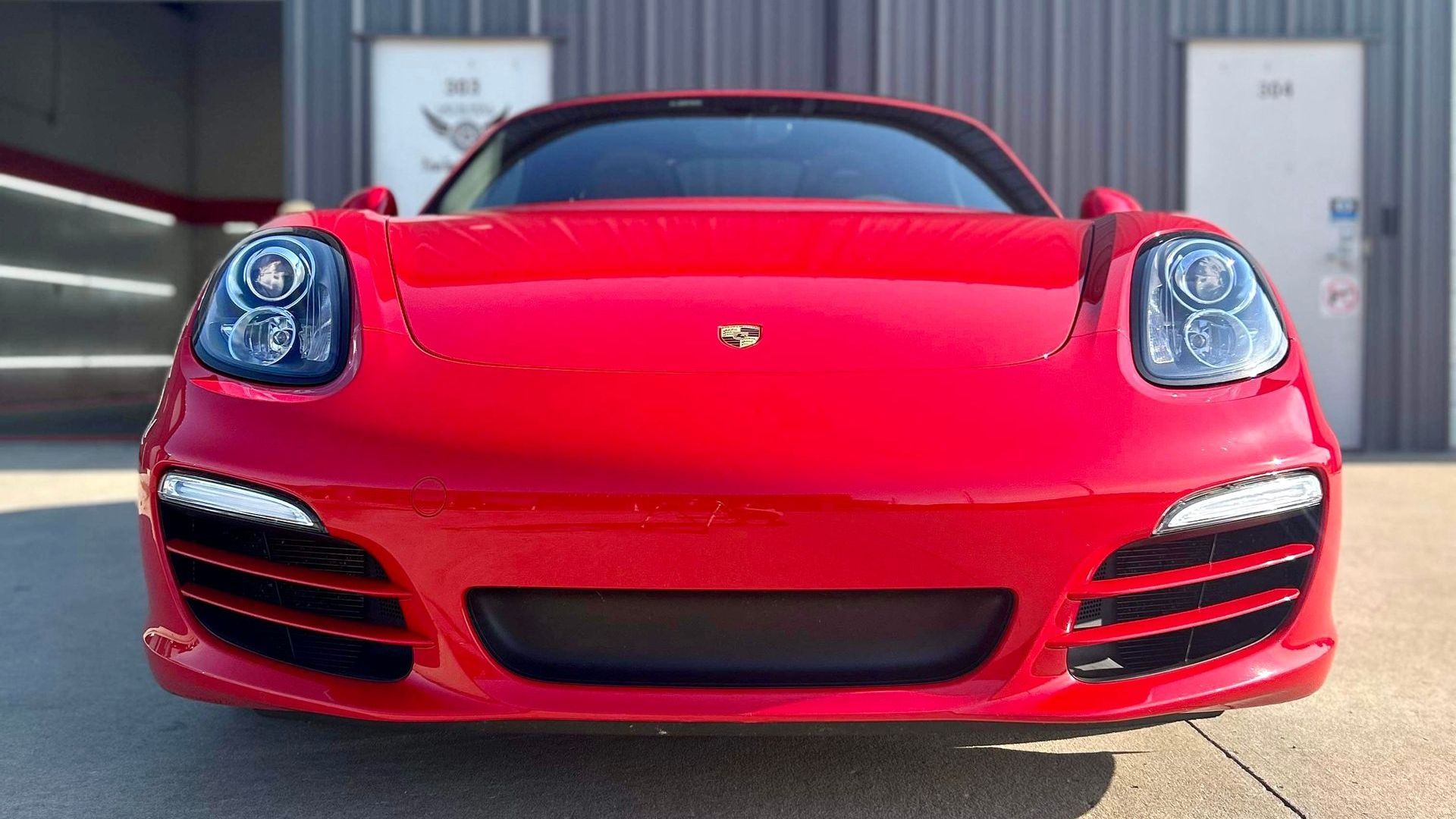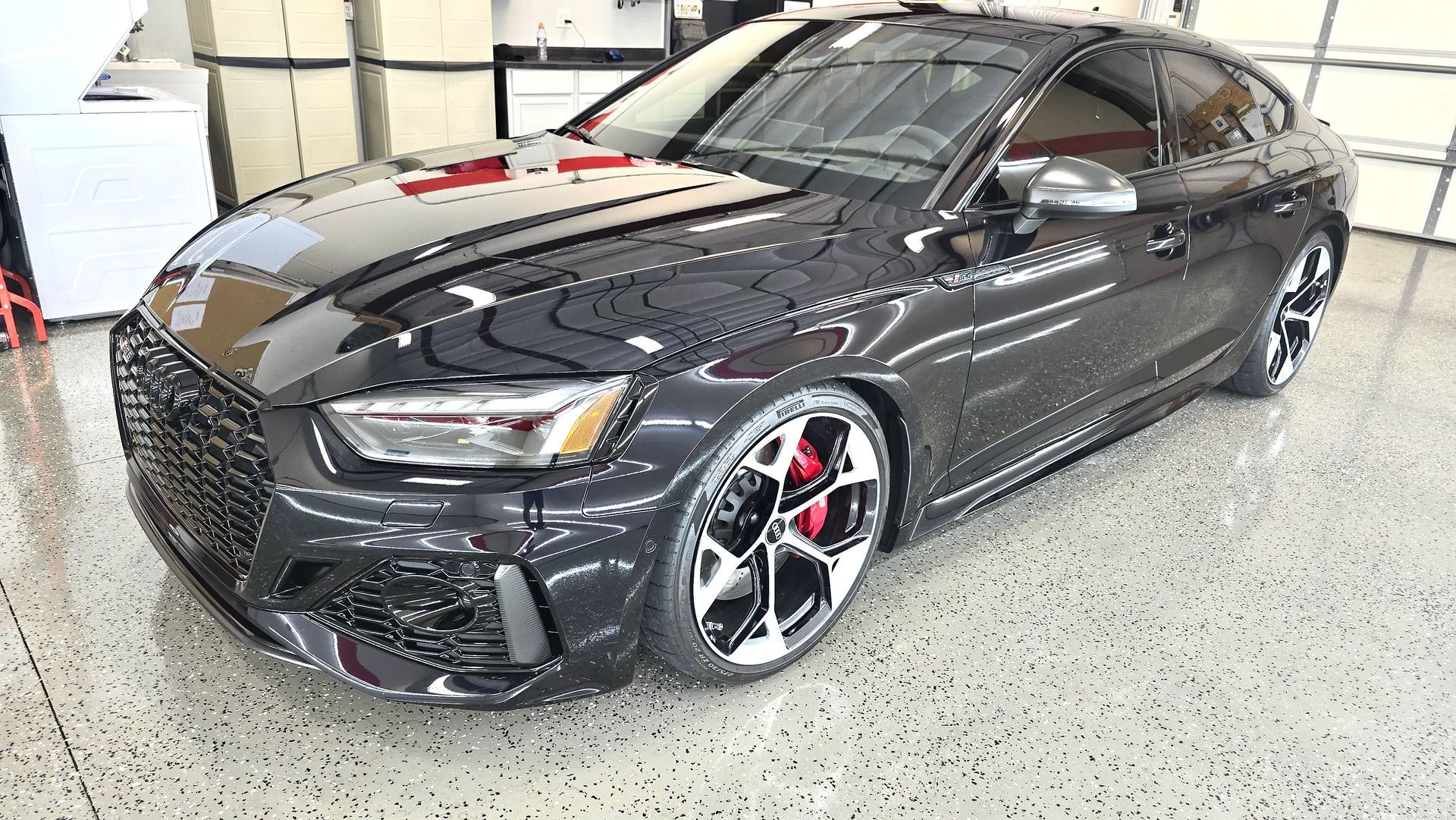While we offer extensive high-end services, such as paint correction, ceramic coating, and rock chip repair, many of our clients prefer to handle the general washing of their cars themselves. This is a great option, especially if you enjoy washing your car on a Saturday! (Please note: this process is the EASIEST and QUICKEST if your vehicle has been ceramic coated!
Learn more about that here. )
If you are going to hand wash your own car, here are some tips to make the job easier and produce the best results!
- We recommend a good foam cannon and pressure washer combination that will allow you to cover the entire vehicle in shampoo. This will pull the surface grime off.
- Wipe side to side—not in circles—with a microfiber wash mitt.
- Once this has been completed, use the pressure washer to rinse off the shampoo.
- Dry with a high thread count, ultra-plush microfiber towel with almost NO pressure from your hand.
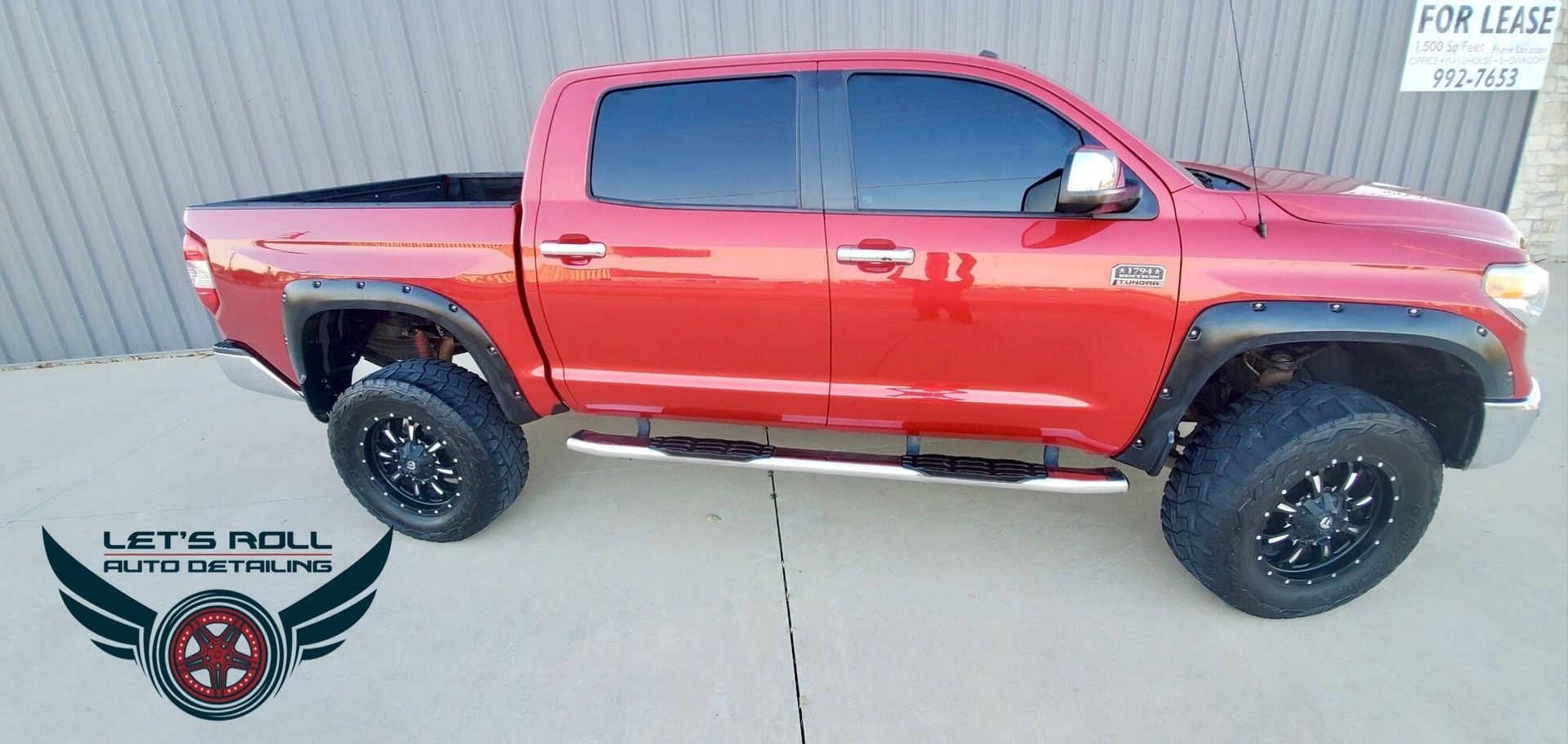
Not into hand-washing yourself, but don’t want to risk the damage of a drive-through car wash? Give us a call at 316-295-0787 to schedule a quick exterior maintenance wash at the shop!




